The coffee buyer takes you to the country of origin in Ethiopia to unveil the mystery of the place of origin of coffee.
For professional baristas, please follow the coffee workshop (Wechat official account cafe_style)
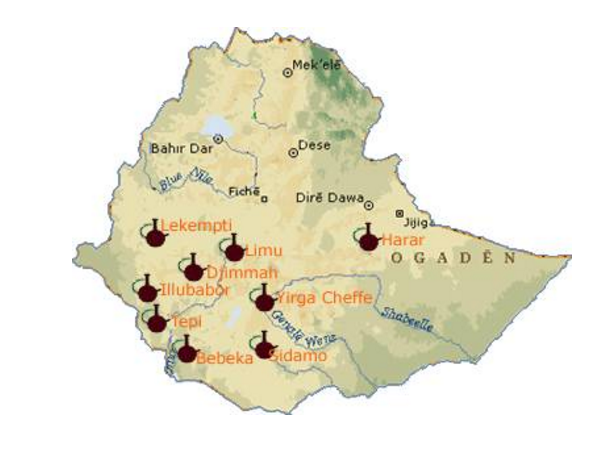
Presumably, Ethiopia is already very familiar to coffee lovers.
The importance of this magical country in the coffee world is unparalleled.
It's not just because
Ethiopia is the birthplace of coffee in the world
There is a saying: good coffee is grown, and coffee beans are born with good flavor, high quality and rich taste.

This visit is in Sidamo, Ethiopia.
There are three famous producing areas in Ethiopia
Harald (Harar), Yega Xuefei (Yiragcheffe) and Sidamo (Sidamo)
90% of the coffee in Ethiopia comes from pastoral, forest and semi-forest.
Many processing stations are 1-2 li away from where the coffee is collected.
Whether the fruit is put into the processing station or the processed beans, they all need to be carried manually.
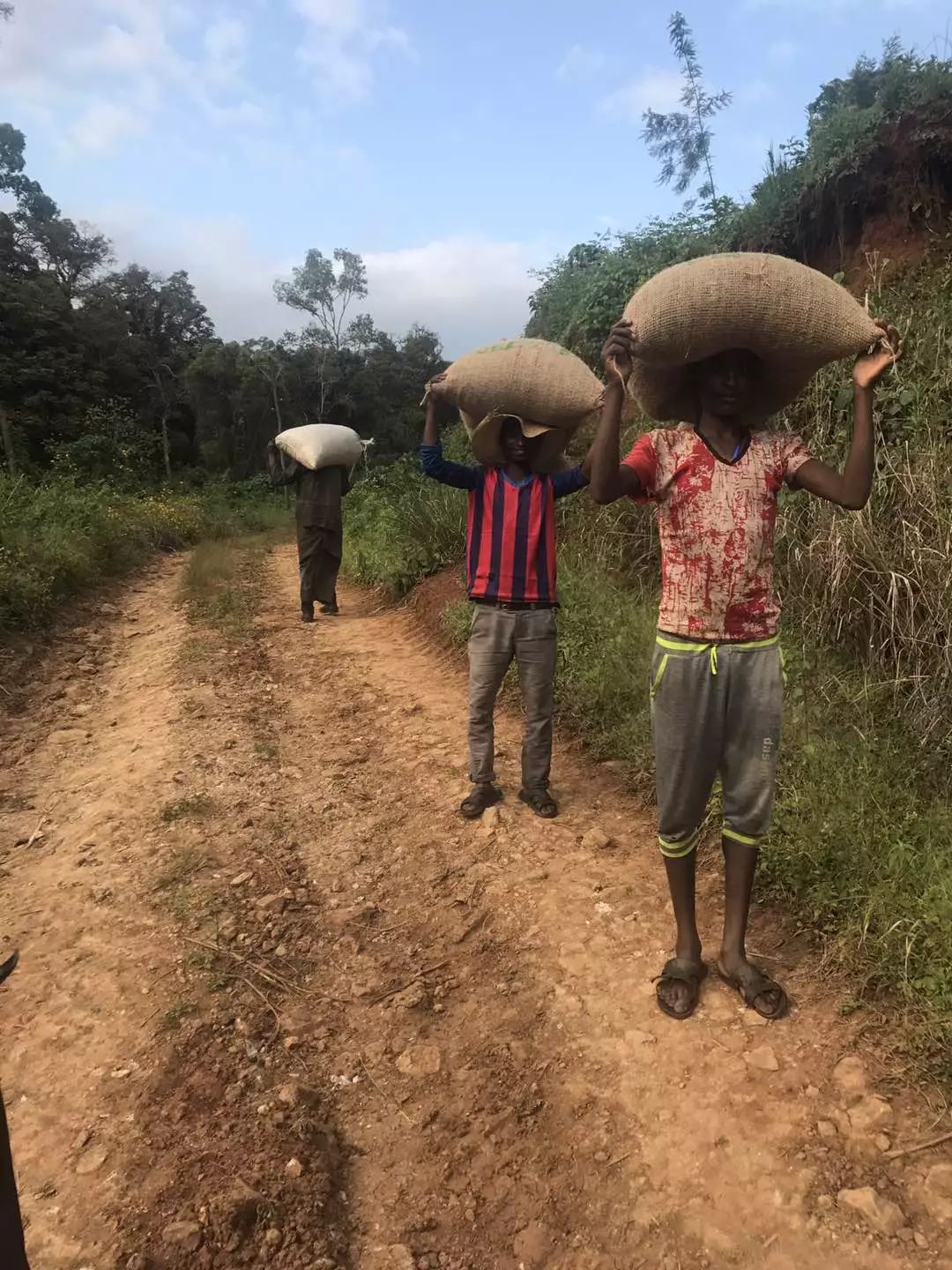
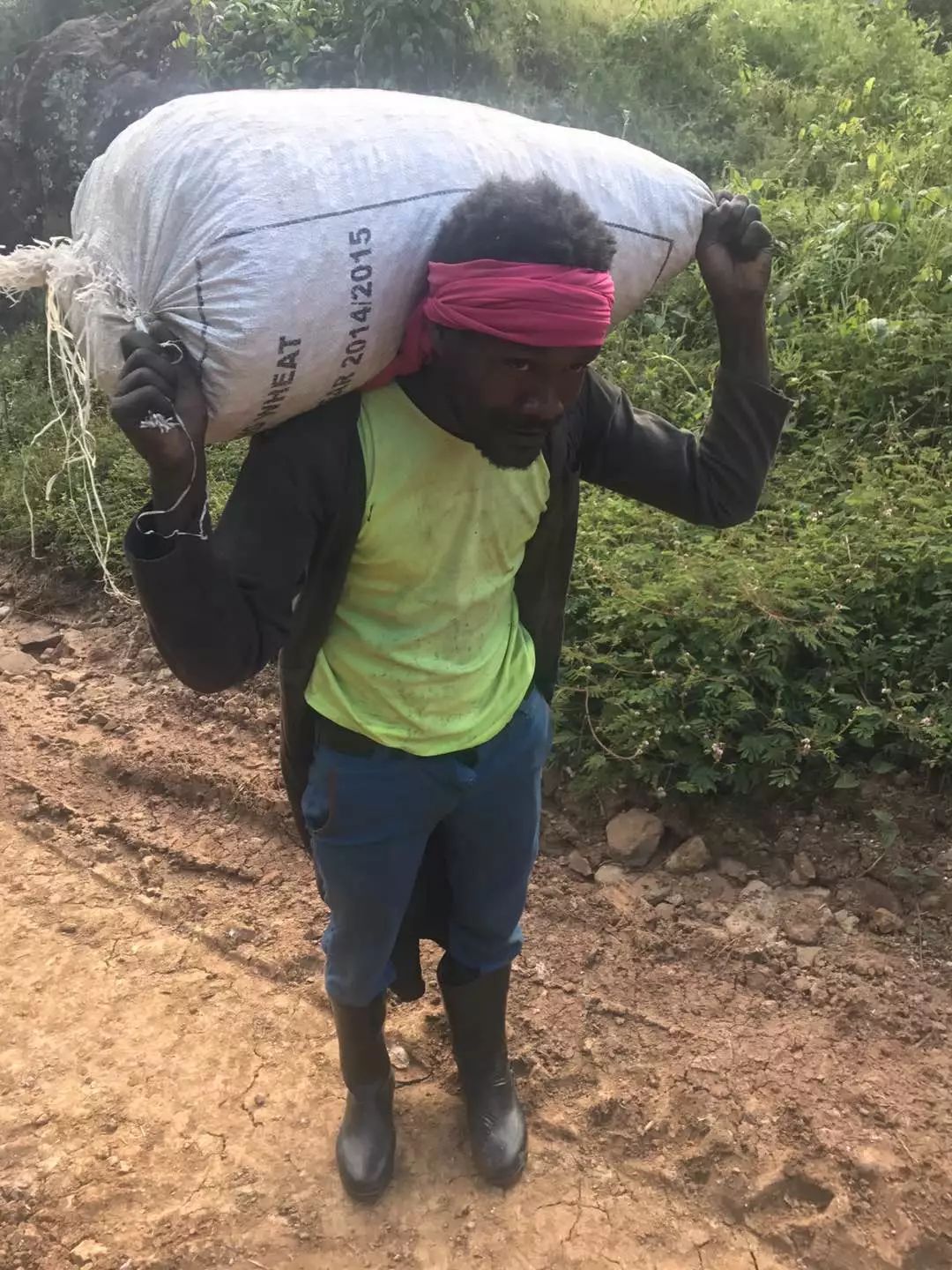
In general, the planting area of small-scale coffee farmers in Ethiopia is less than one hectare. Exporters invest in sun-drying or washing plants in various regions, purchase raw beans from small farmers and process goods centrally, and there are also production cooperatives formed by regional small-scale farmers to jointly invest in sun-drying or washing plants.
The price of fruit harvested by the owner of the processing station is very high, so people from several hills are willing to sell the fruit to them.
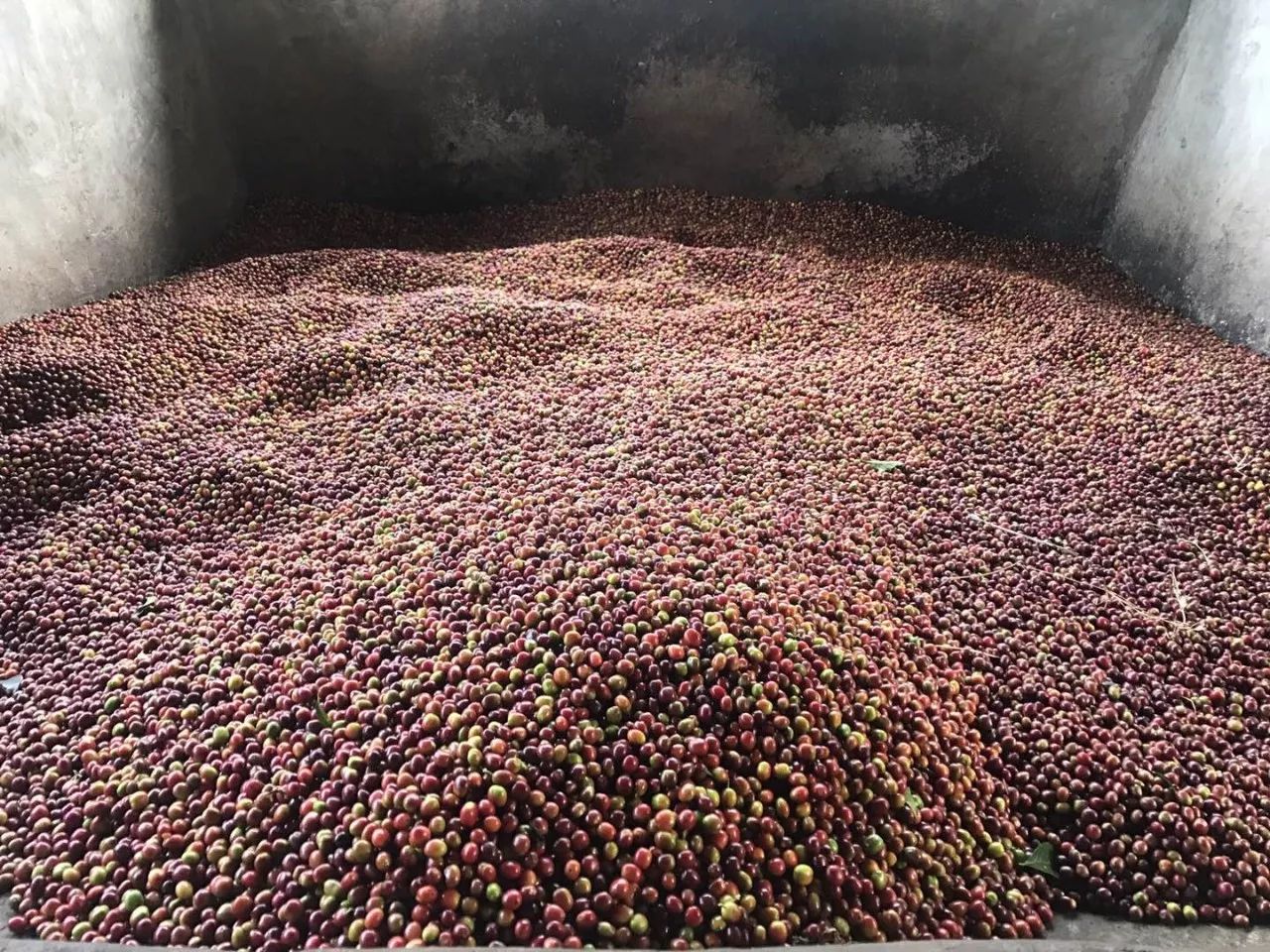
They will deliver the coffee fruit to the processing plant.
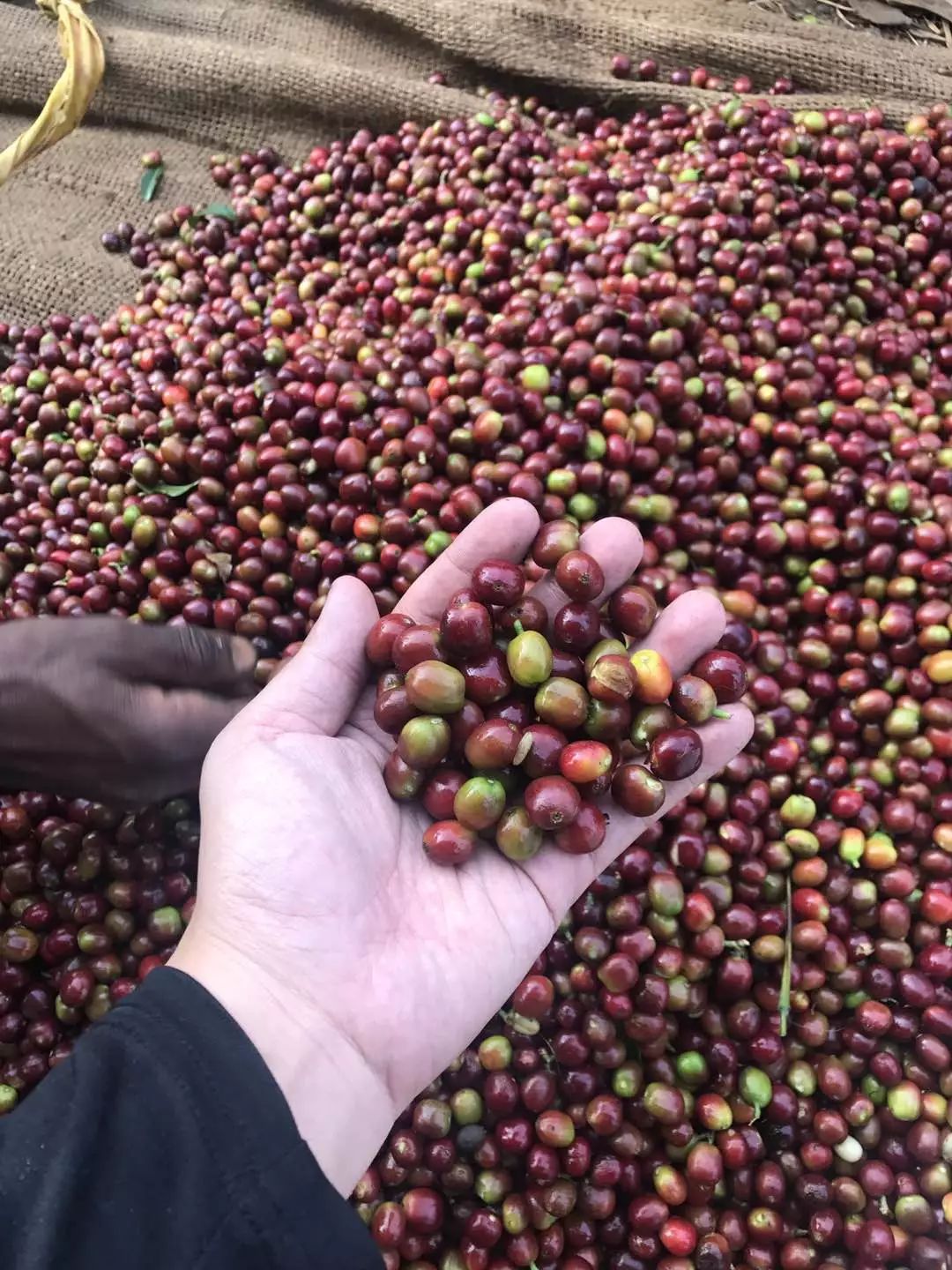
The processing station will also send an ID to special farmers.
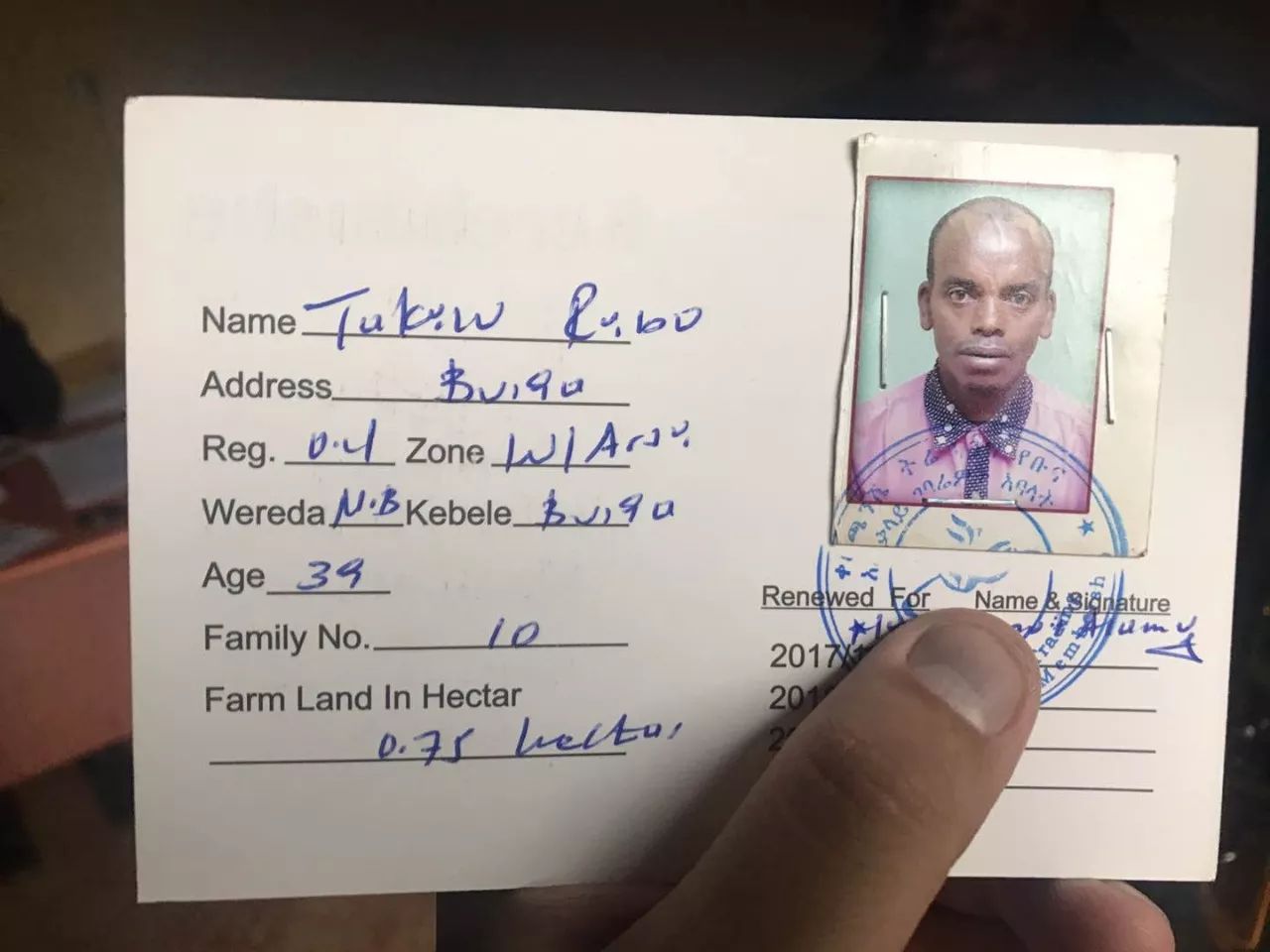
There are still some child laborers picking beans.
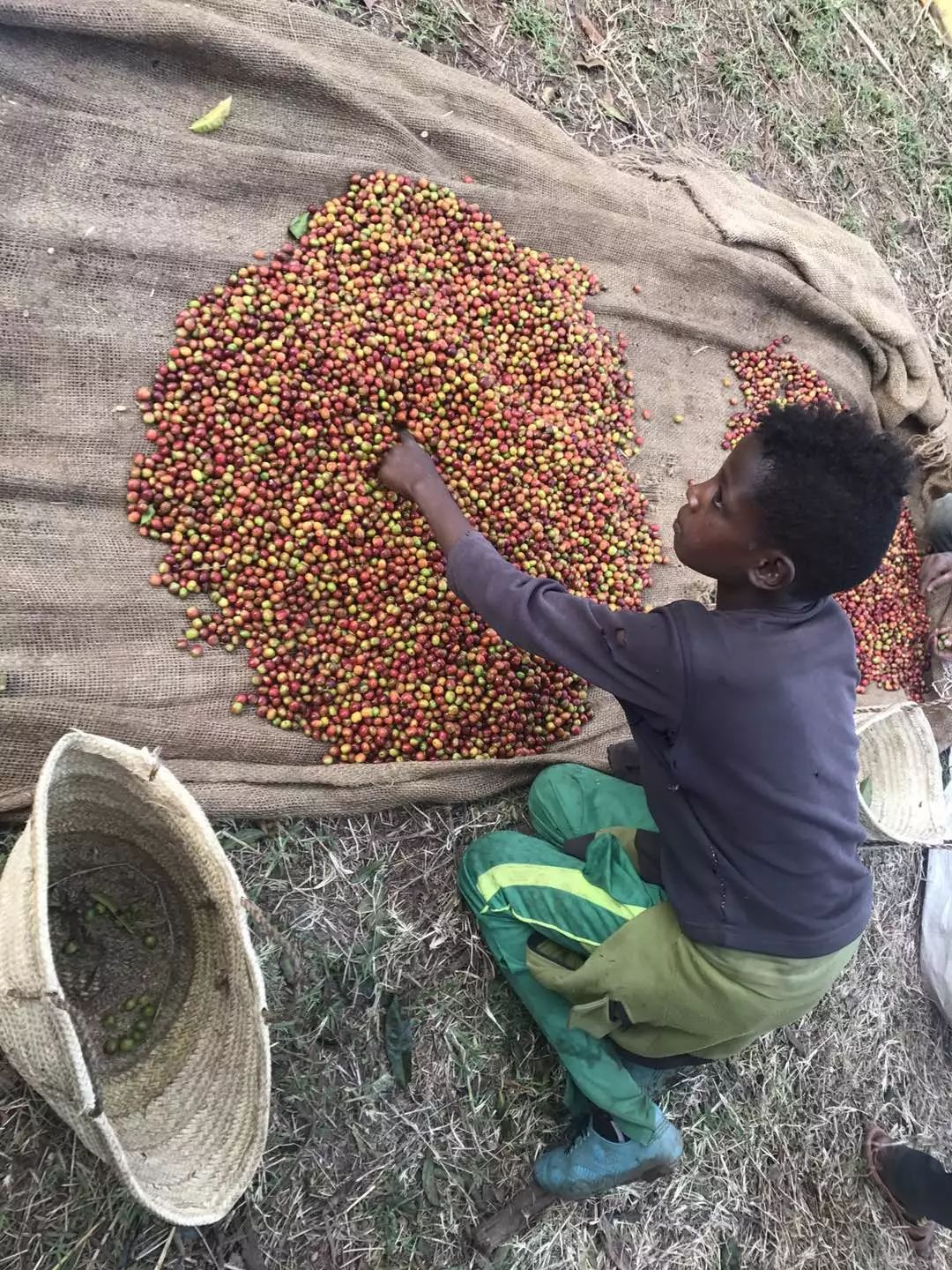
Good coffee beans will be picked out.
Export, earn US dollars
The Sidamo area is a relatively affluent area and will use water washing treatment.
In order to remove the mucus, it must go through the waterway.
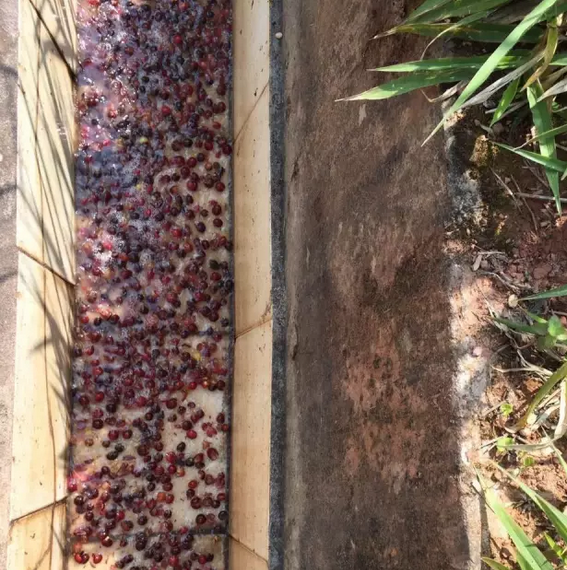
Use the harvested berries to peel off most of the pulp from the coffee beans.
Then direct the shelled beans to a clean sink.
Soak in water and ferment to completely remove the residual pulp layer.
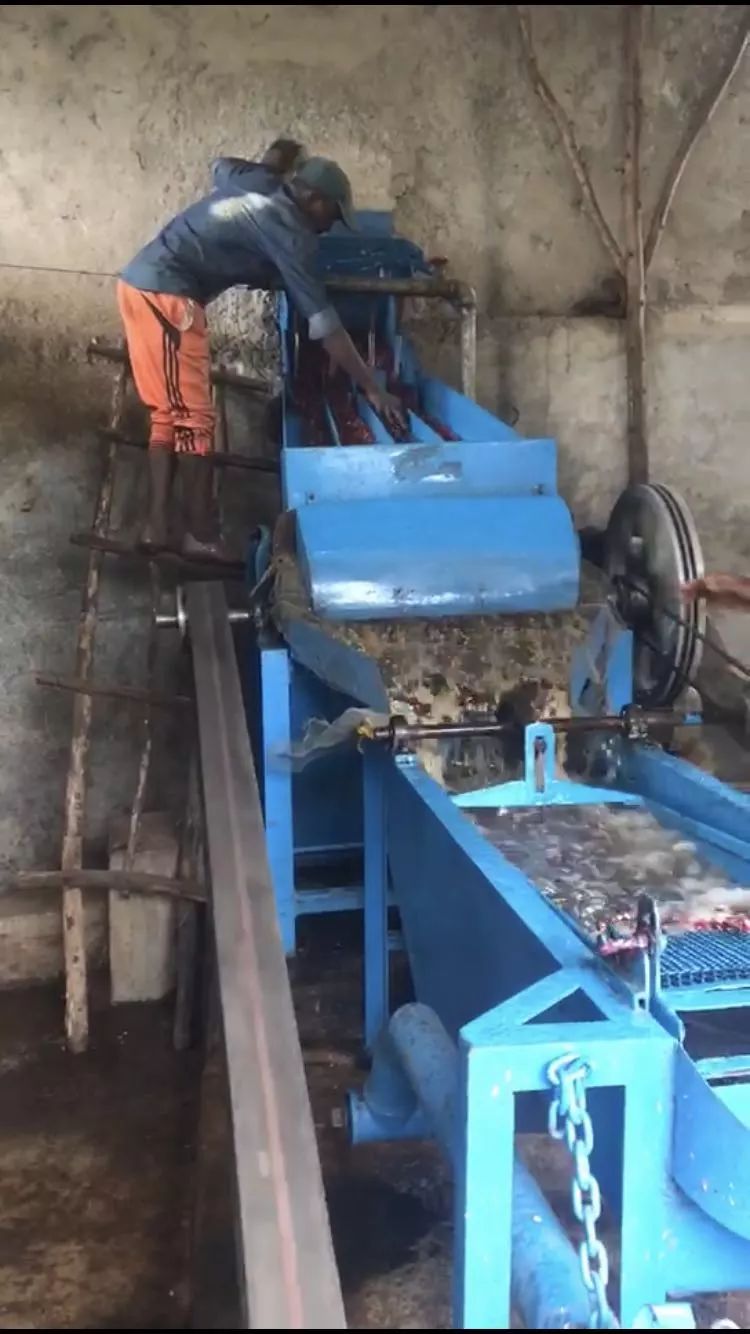
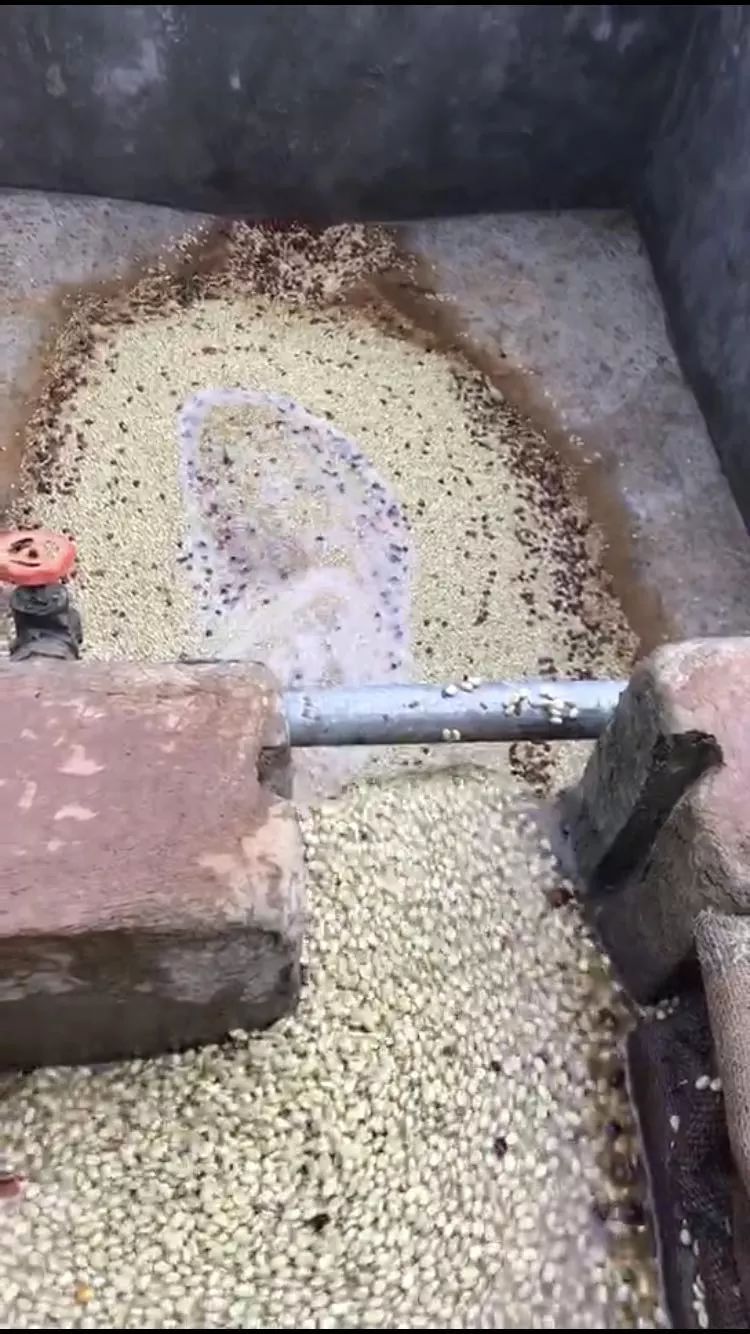
The traditional Sidamo uses the ancient method of sun treatment, with slightly fermented fruit aromas.
These are sun-dried fruits. Coffee farmers need to dry six pounds of ripe red coffee on a grass mat at the edge of the field to produce a pound of natural dry coffee.
They spread the coffee fruit in the sun for 15 days, turning it every few minutes to ensure a uniform dryness, and then peel off the shell.
It feels crunchy and crispy
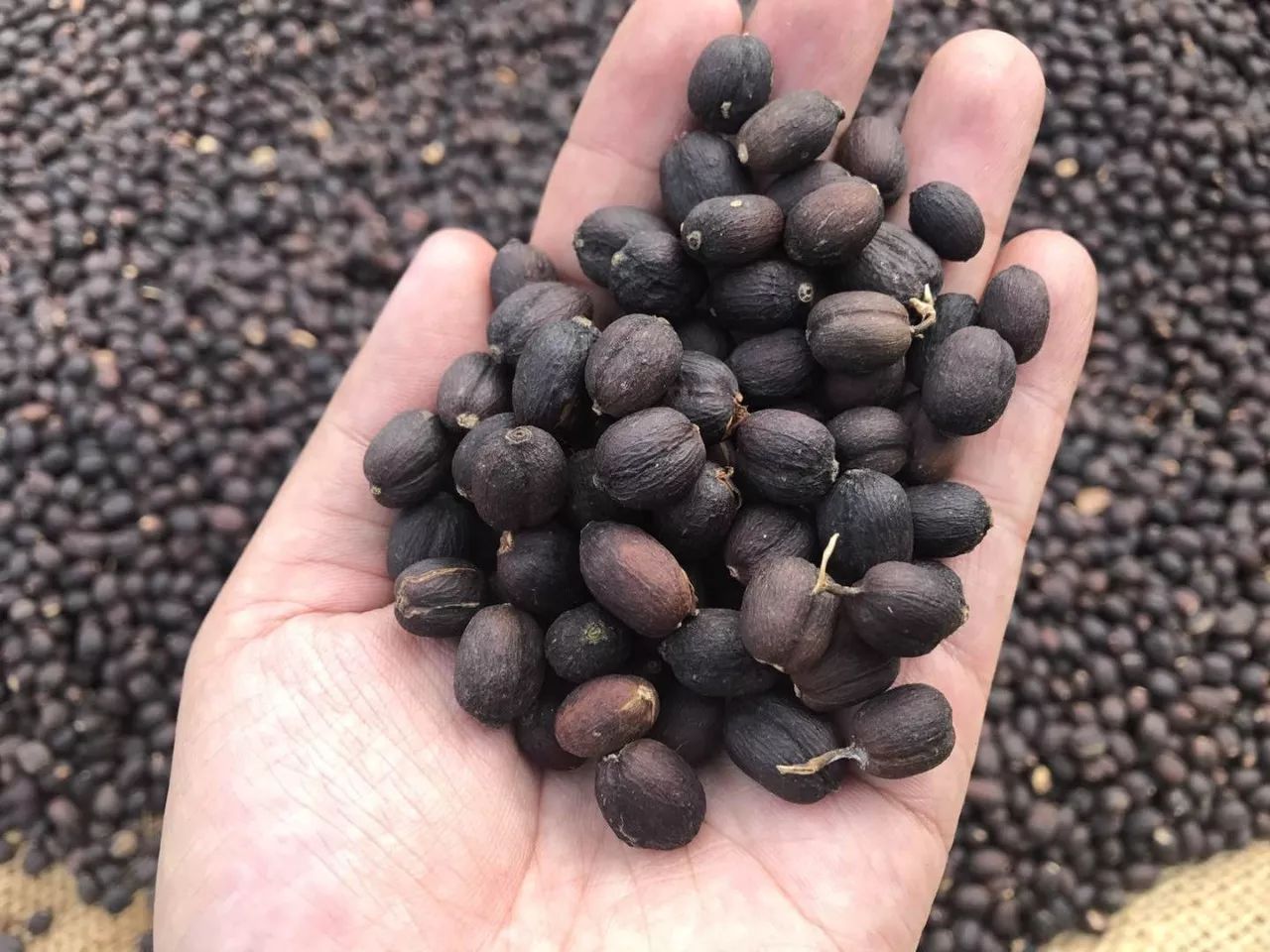
Slightly worse coffee beans
Stay and drink by yourself.
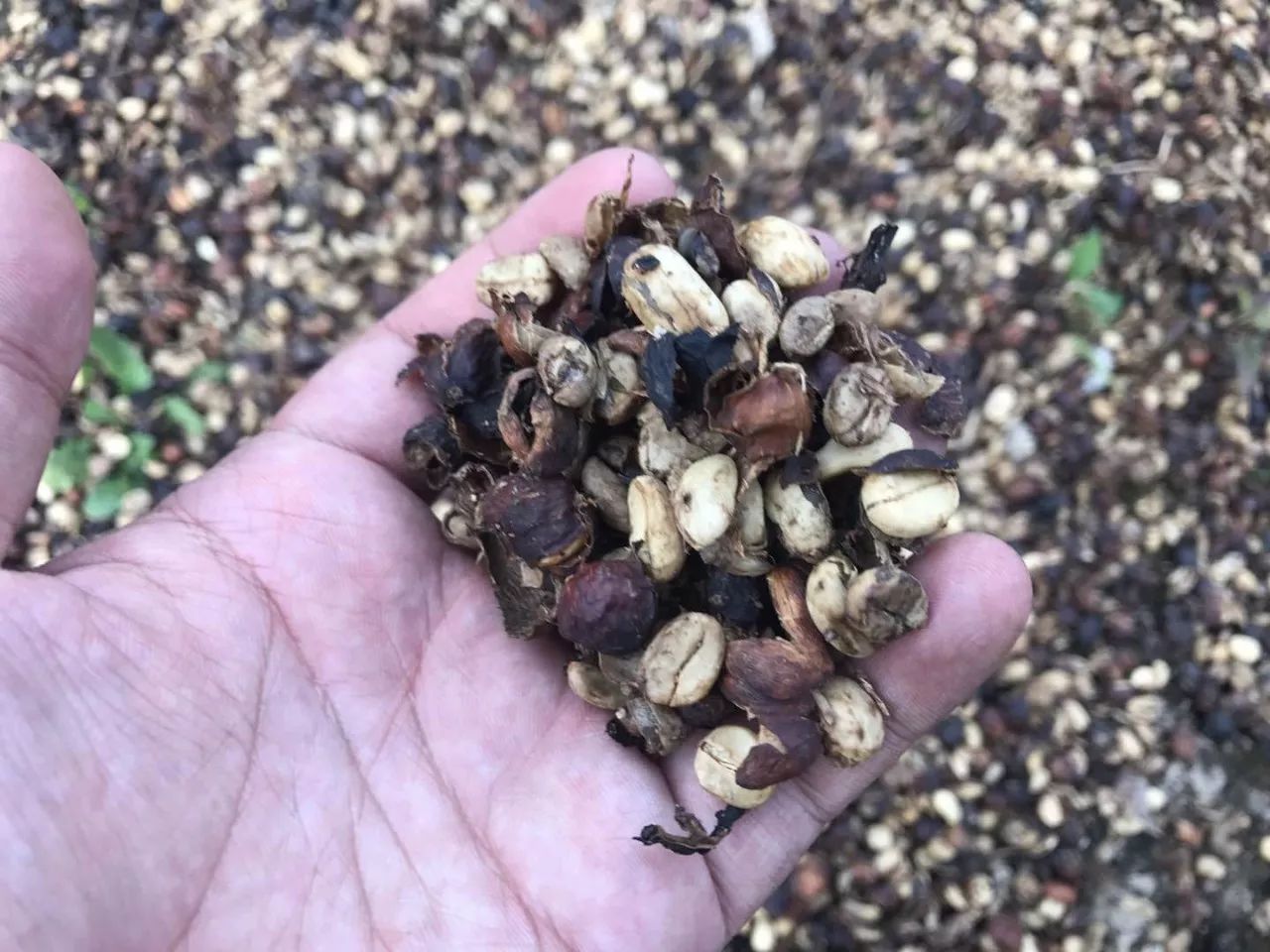
Stoves, baking trays, cups and saucers, and a few scattered seats, a humble "cafe" is enough.
Ancient and simple rituals
But you can feel the pleasure of tasting authentic coffee.
Pour the fried coffee beans into a tube-shaped mortar
Use an iron bar to smash the coffee beans until the water boils
She also completed the process of soaking beans for about ten minutes.
Then pour the coffee from the mortar into the boiling iron pot
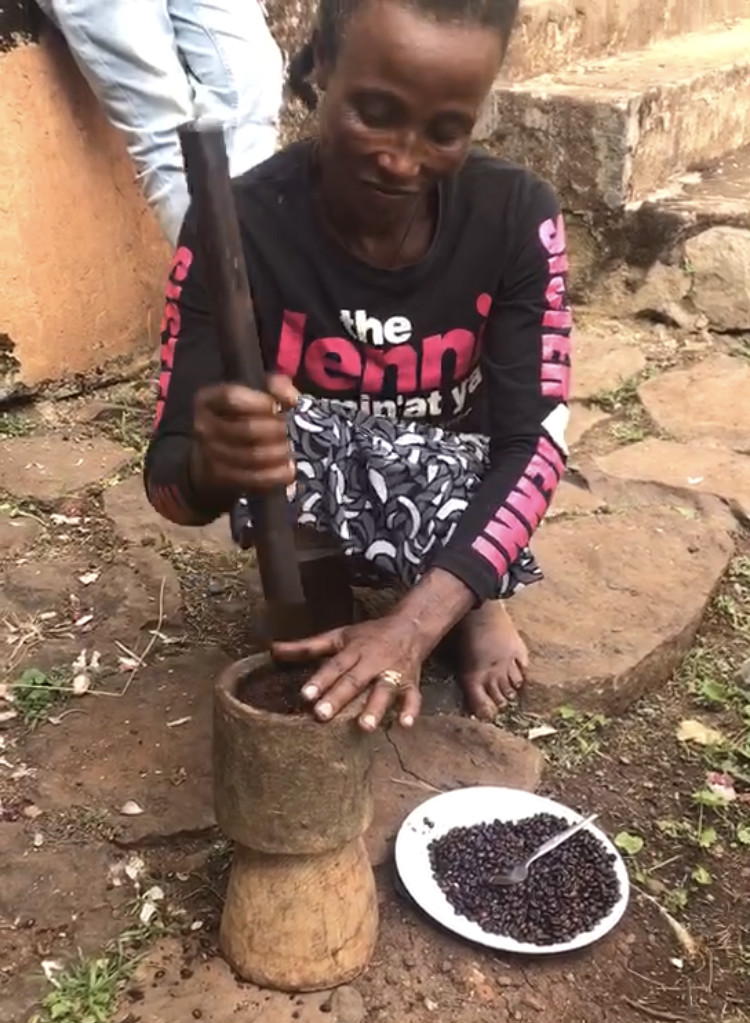
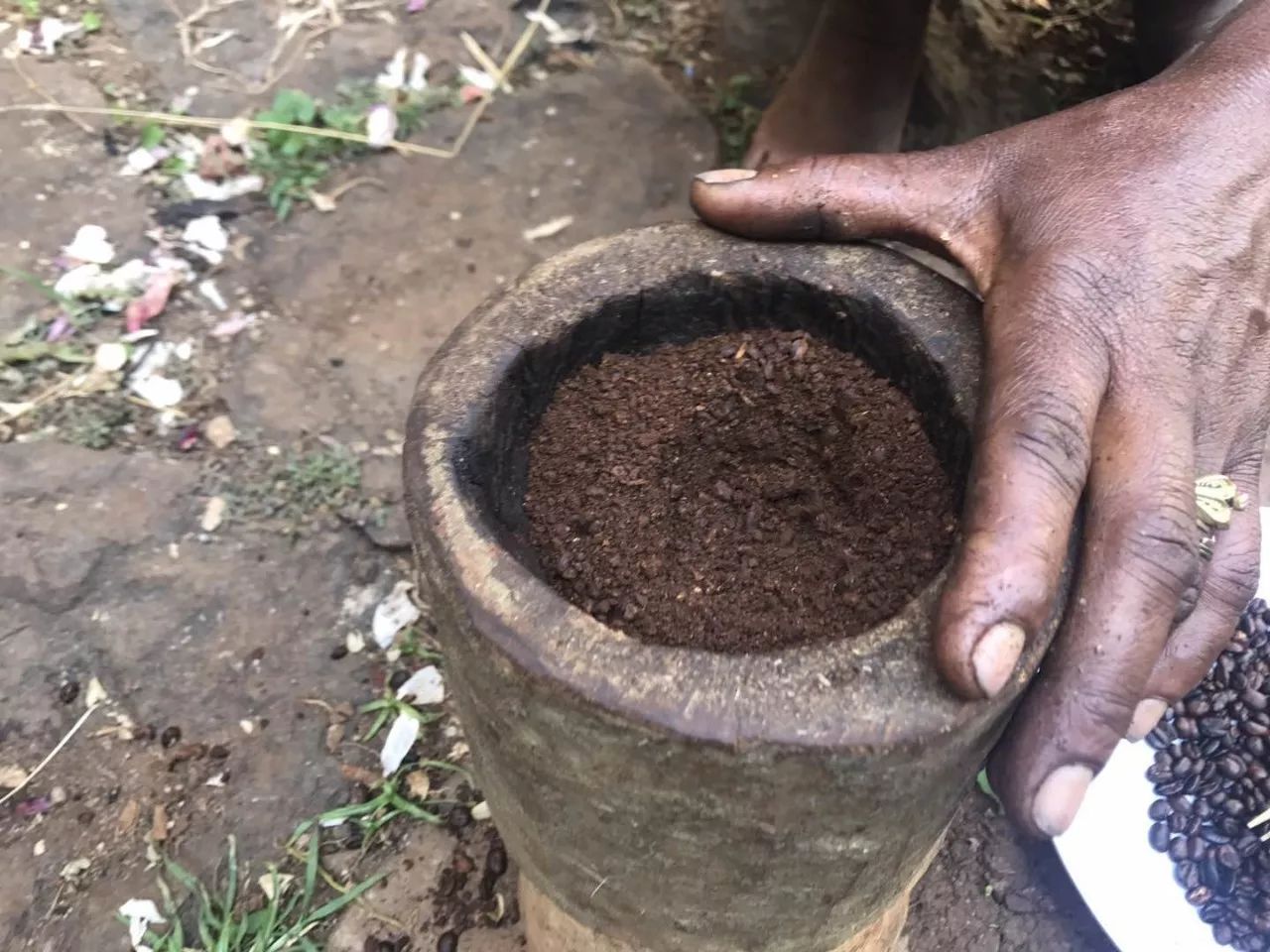
Ethiopians drink coffee at least three times a day.
Different names, "Abol, Tona, Bereka"
Every household has coffee pots and charcoal stoves.
A cup of coffee is as natural as making a cup of hot tea for our guests.
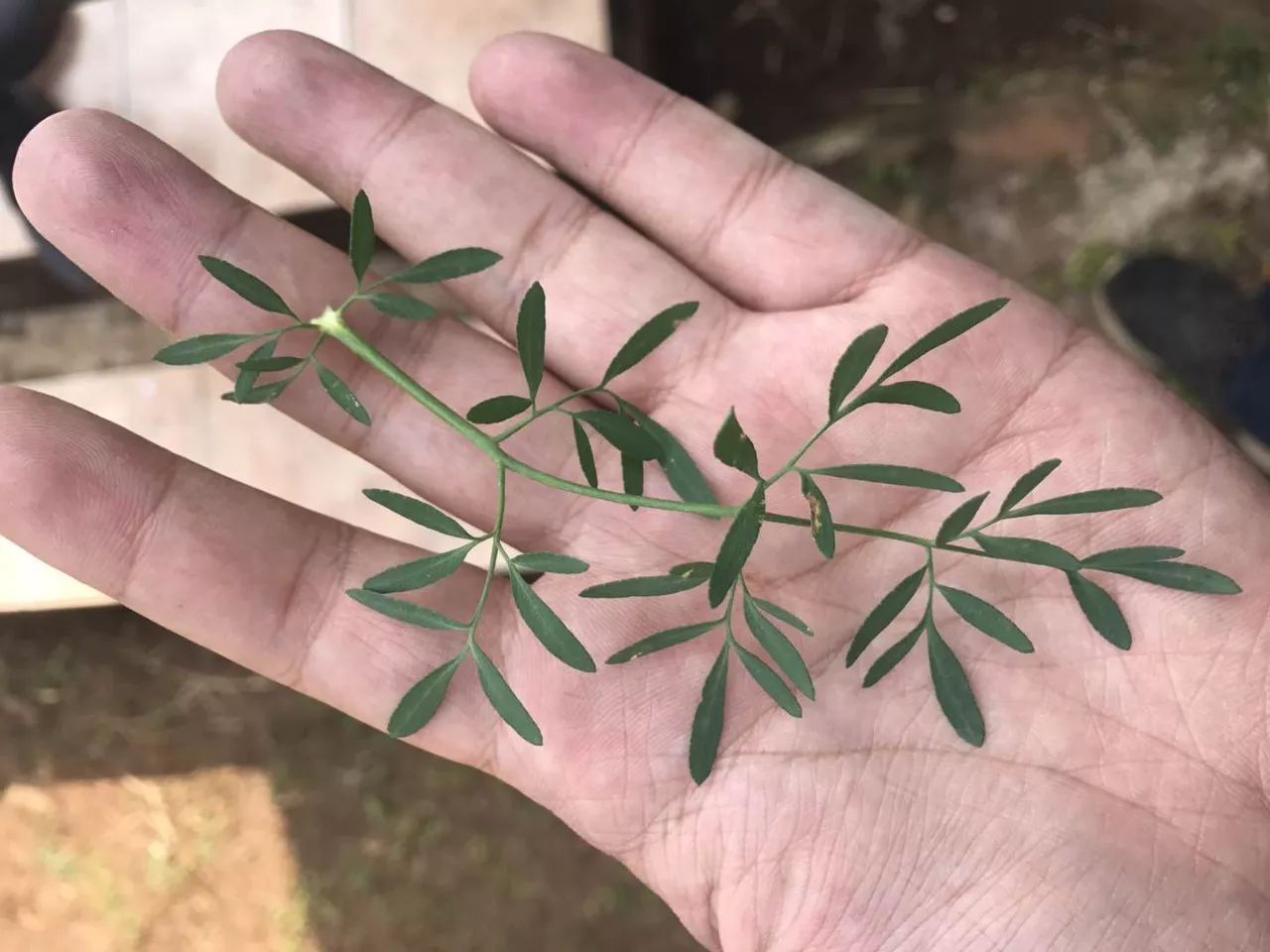
Sprinkle a few green leaves like mimosa.
This plant, called Tena adam, is a local spice specially used to soak in coffee.
Pure bitter coffee
But the aftertaste is sweet.
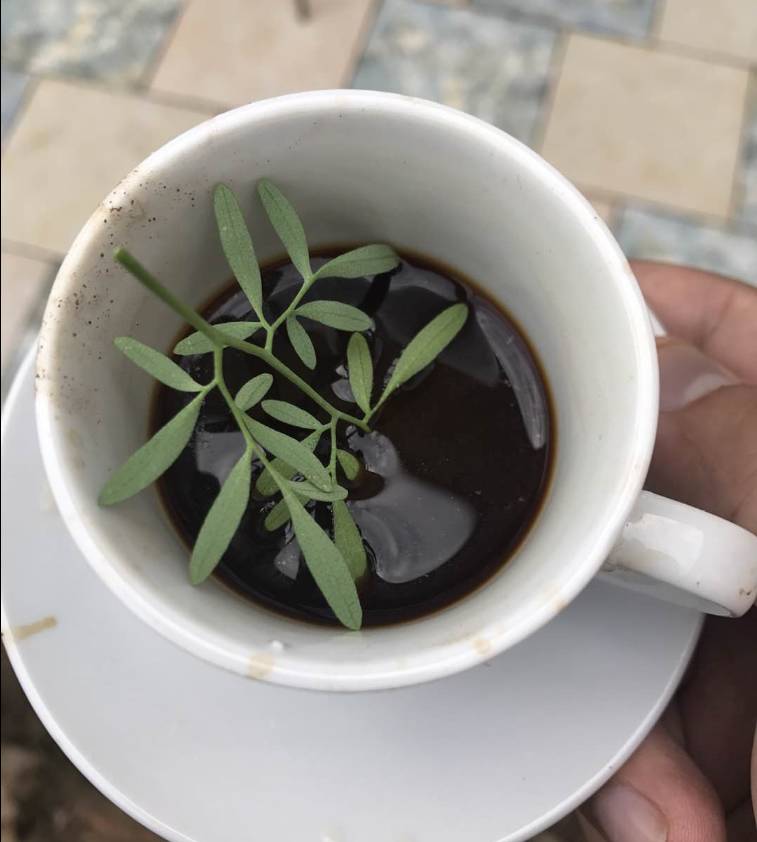
The lunch of the local people
(is the editor ignorant?)
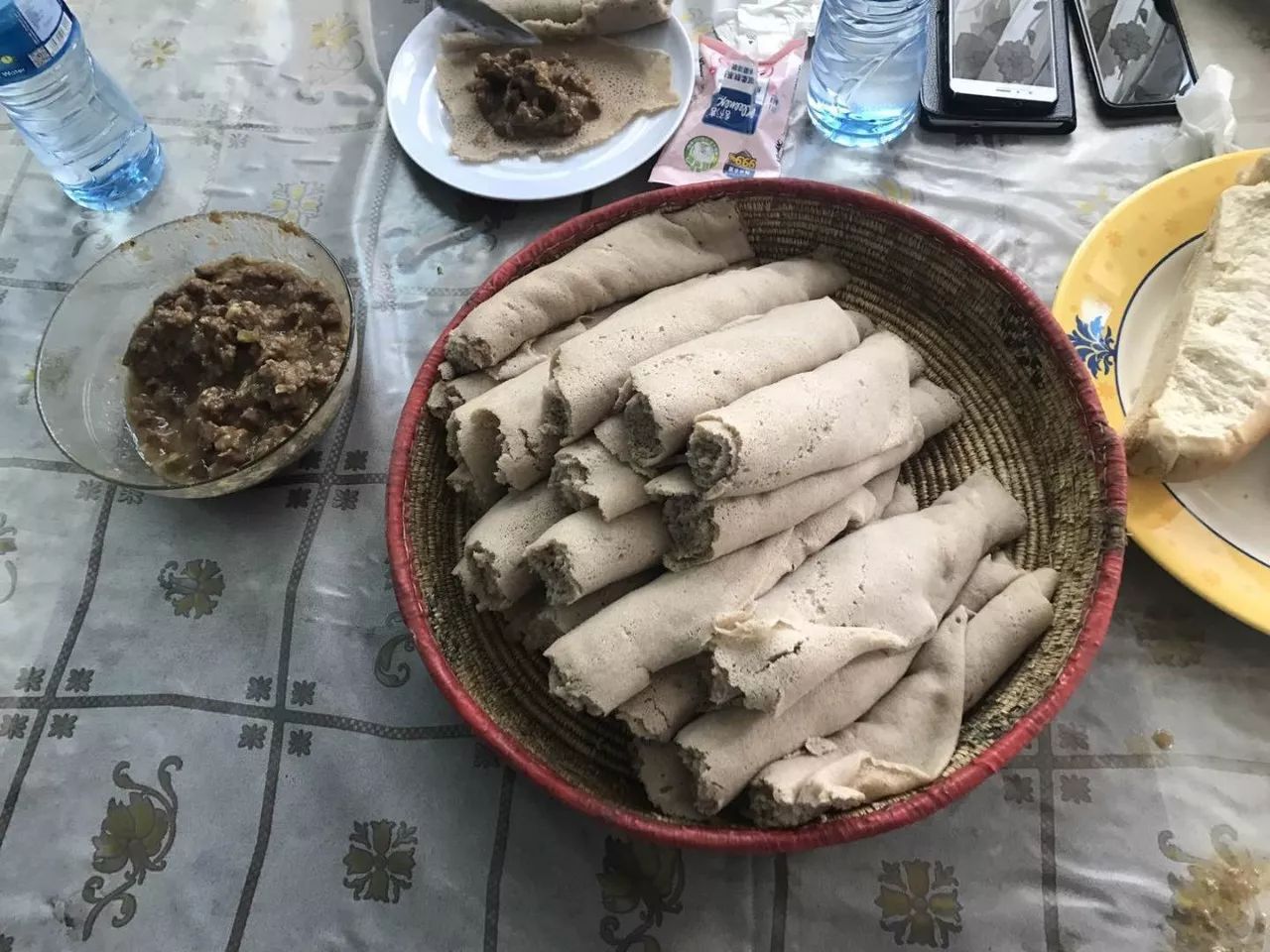
Then went to jimma (Jima) Farmer Product Research Center.
They have been studying the best varieties of coffee beans.
Cross with different kinds of coffee trees
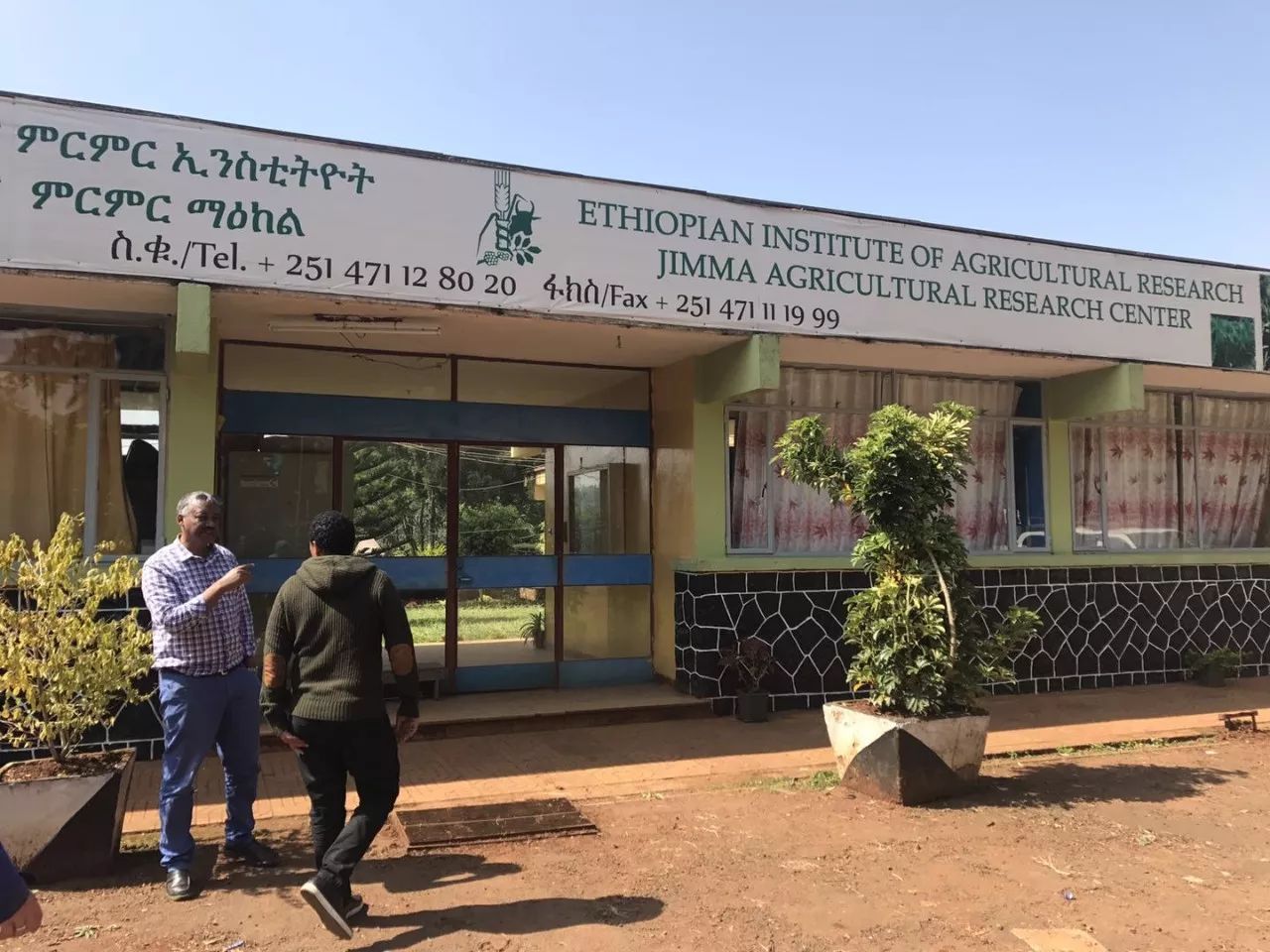
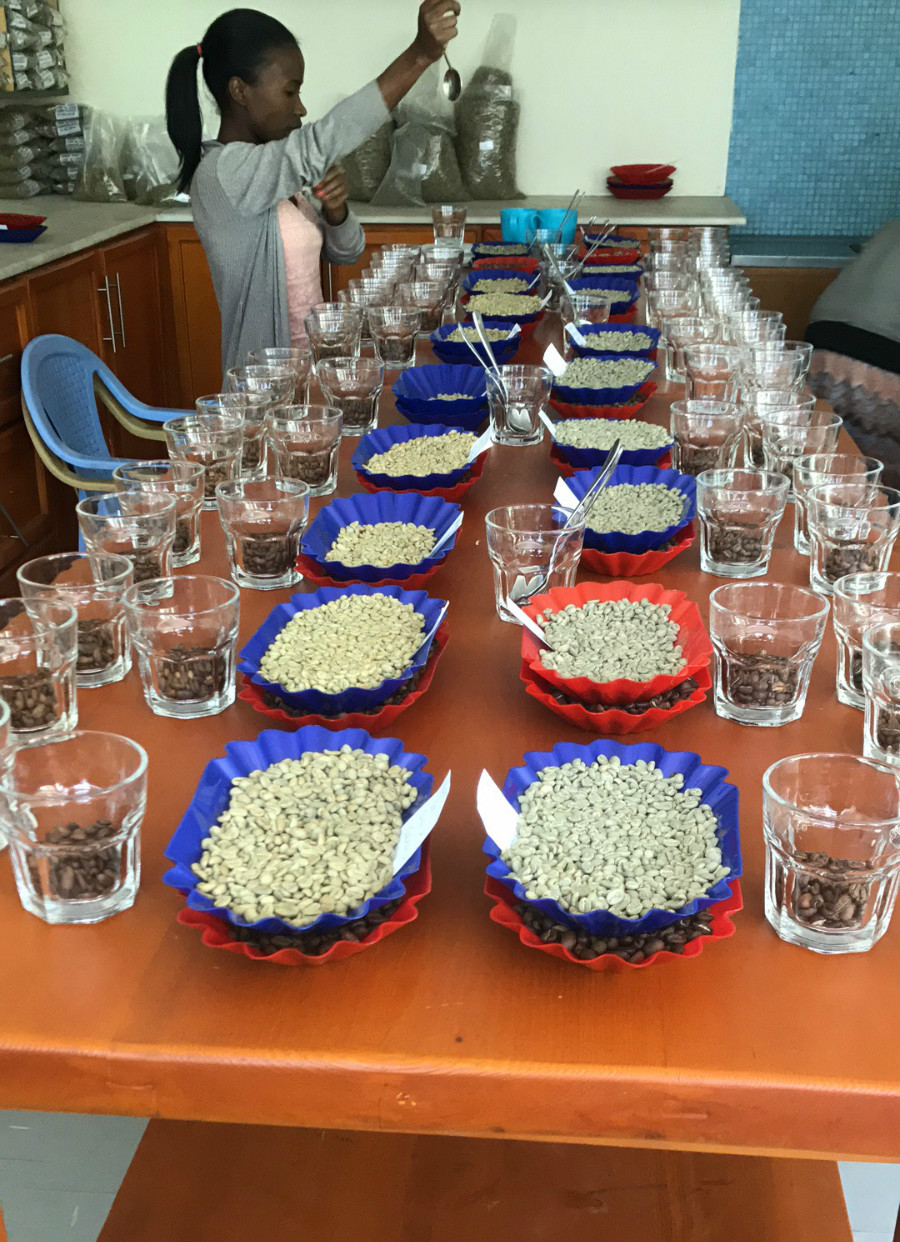
Because Mount Rosa is close to Jimma, I happened to ask about it. Now the seeds of Panamanian Rosa come from beberka, which is on the border between Ethiopia and Sudan. Because the border is more dangerous, the Ethiopians did not dare to plant roses here in the past. On the contrary, the Americans were more daring. There was a base there. This time they were going to go there, but the Ethiopians were afraid to take us there. Because it's a little dangerous for them.
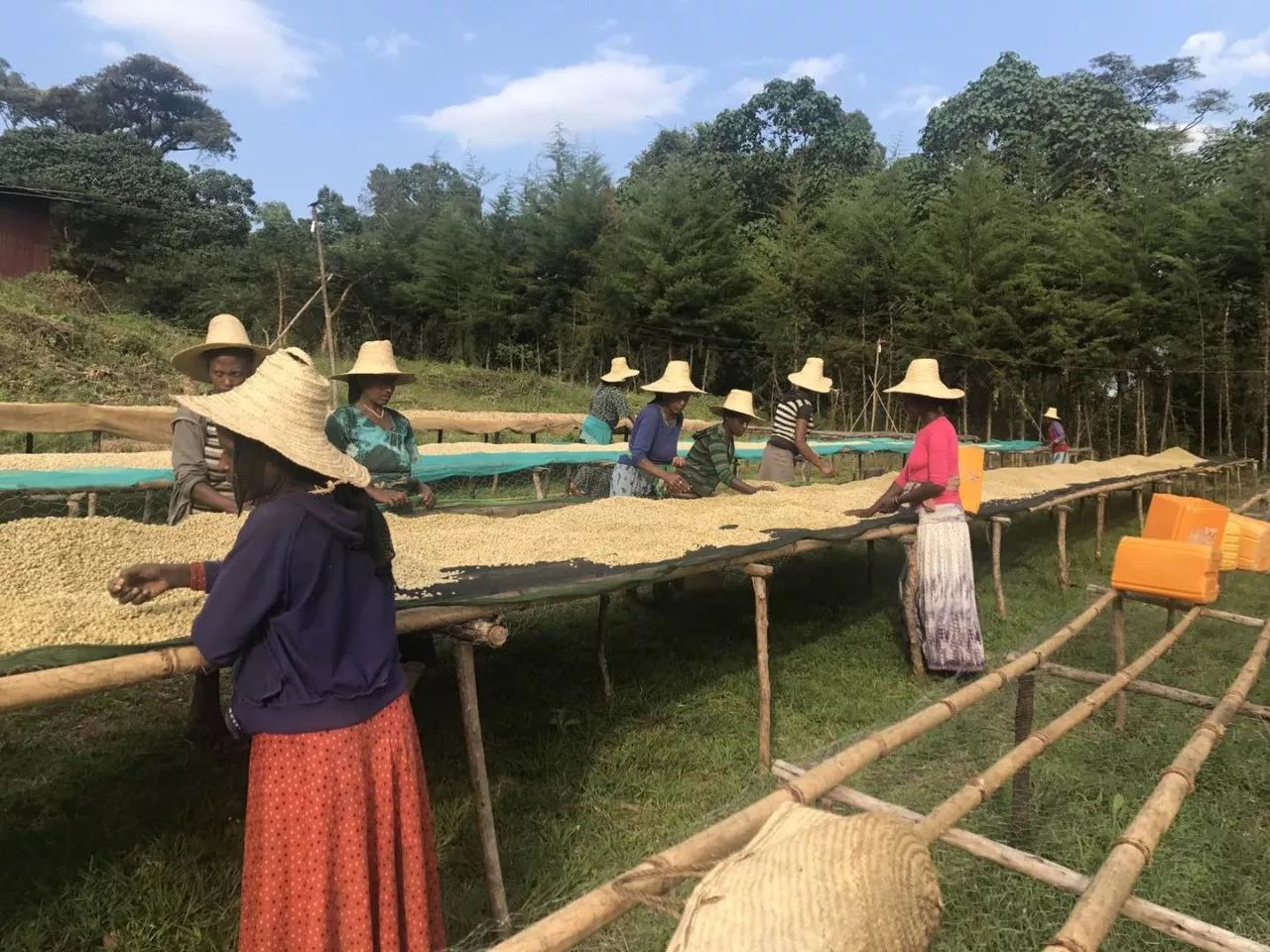
Occasionally, when it rains
The locals will cover the coffee beans with a raincloth in advance.
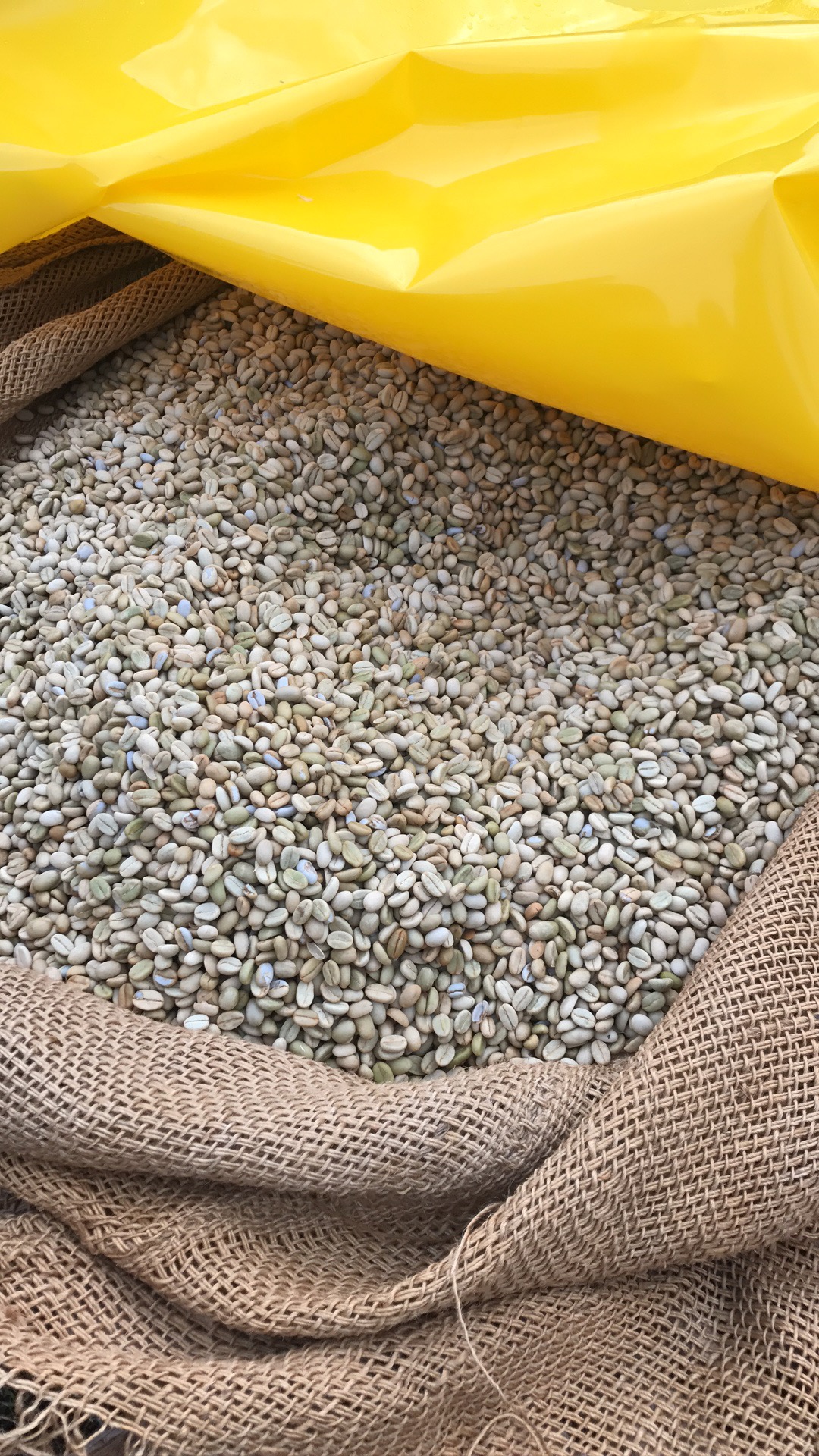
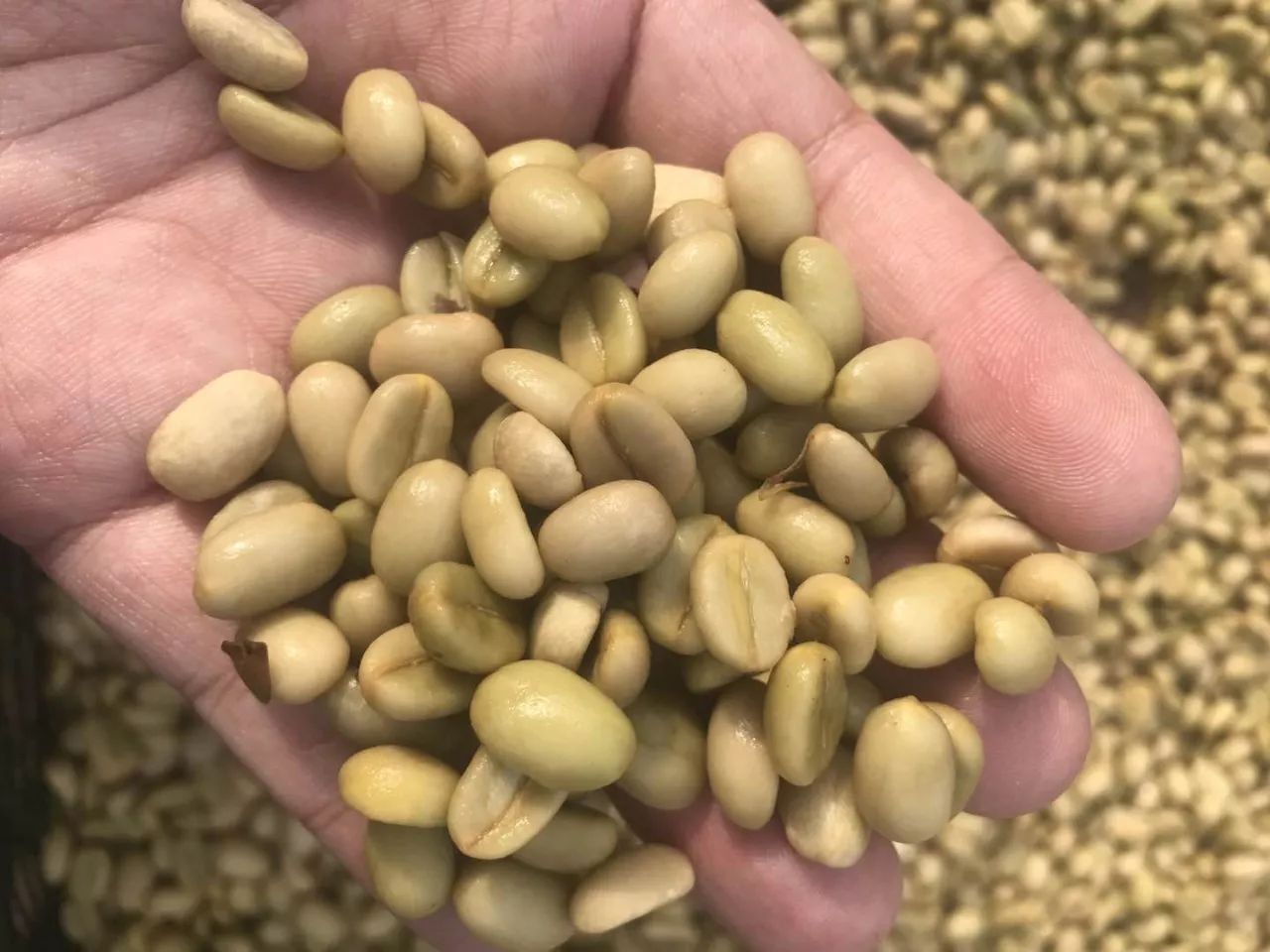
Every coffee is hard to come by.
Coffee experience
Seed selection, seedling raising and planting
Picking, processing, transportation
Coffee farmers give coffee beans
The first life
The baker will give the coffee beans
The second life
The barista will give coffee beans.
The third life
Important Notice :
前街咖啡 FrontStreet Coffee has moved to new addredd:
FrontStreet Coffee Address: 315,Donghua East Road,GuangZhou
Tel:020 38364473
- Prev
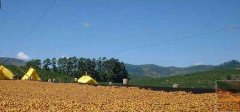
Introduction to the flavor and taste of Uganda Bugisu Bucky Sue Coffee
Uganda is a landlocked country in eastern Africa. The highland climate makes it a unique coffee producing area, and the quality of the coffee produced is as good as that of Kenyan coffee. The most famous coffee in Uganda is Bugisu, which is produced in Mt, a critical mountain in Kenya. On the steep slopes of Elgon. Adhere to the use of high-quality washing treatment, is a very layered coffee, thick texture and aftertaste
- Next
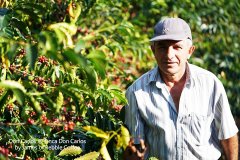
Faye Butterfly Manor, Santa Cruz, Bolivia-Bolivian coffee from the roof of the world
For the exchange of professional baristas, please pay attention to the coffee workshop (official Wechat account cafe_style) delicious coffee that can only be tasted through the world's most dangerous roads Bolivia is one of the five most diverse countries in the world, with a landlocked country surrounded by and deeply affected by five countries, with a population of more than 1000, and the Indian aborigines, which account for about 60% of the total population, are divided into 36 peoples.
Related
- Detailed explanation of Jadeite planting Land in Panamanian Jadeite Manor introduction to the grading system of Jadeite competitive bidding, Red bid, Green bid and Rose Summer
- Story of Coffee planting in Brenka region of Costa Rica Stonehenge Manor anaerobic heavy honey treatment of flavor mouth
- What's on the barrel of Blue Mountain Coffee beans?
- Can American coffee also pull flowers? How to use hot American style to pull out a good-looking pattern?
- Can you make a cold extract with coffee beans? What is the right proportion for cold-extracted coffee formula?
- Indonesian PWN Gold Mandrine Coffee Origin Features Flavor How to Chong? Mandolin coffee is American.
- A brief introduction to the flavor characteristics of Brazilian yellow bourbon coffee beans
- What is the effect of different water quality on the flavor of cold-extracted coffee? What kind of water is best for brewing coffee?
- Why do you think of Rose Summer whenever you mention Panamanian coffee?
- Introduction to the characteristics of authentic blue mountain coffee bean producing areas? What is the CIB Coffee Authority in Jamaica?

